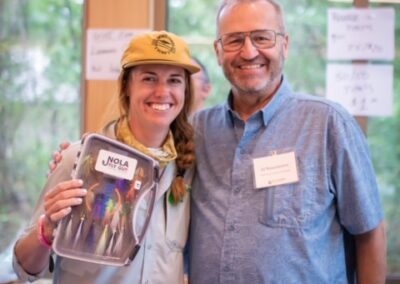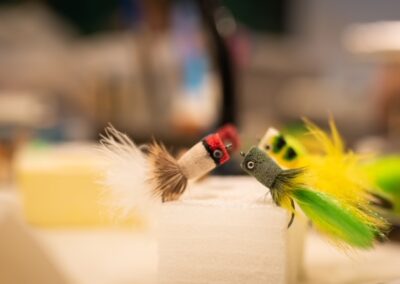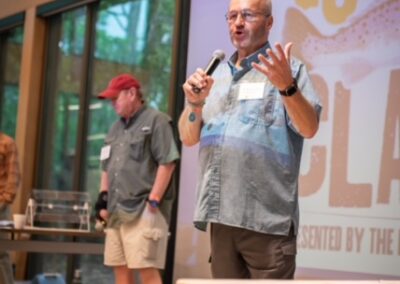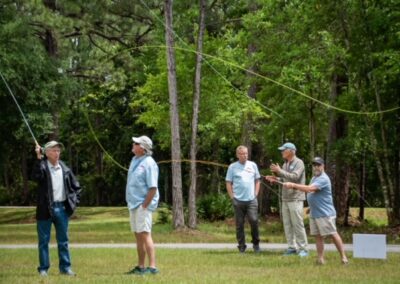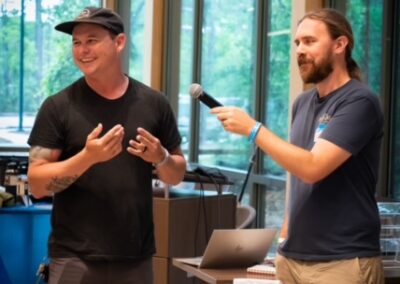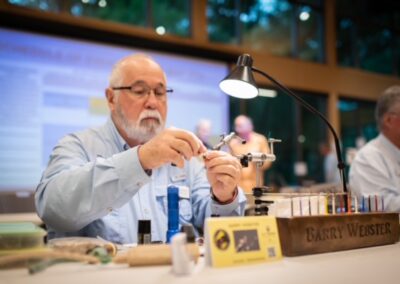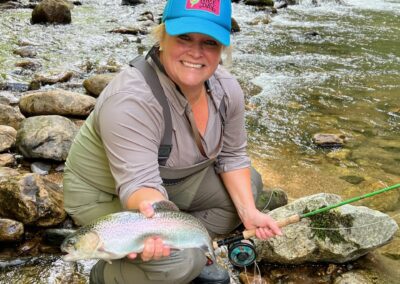Modern Fly Lines Part 3
FLY LINES
This is #3 in a series highlighting teaching points from Bruce Richard’s MODERN FLY LINES.
LINE CHARACTERISTICS
Unlike a spinning rod, in fly fishing, the fly line weight is what loads the rod.
In 1961 the American Fishing Tackle Manufacturers Association (AFTMA) standardized a weight-based line numbering system. The weight of the line would be based on the first 30 feet of the fly line minus the level tip section. All fly rods are now labeled with the weight appropriate to the corresponding fly line.
Since a specific number fly line weight must follow industry standards, the fly line diameter will vary depending on whether the line is designed to float or sink. This so-called line density will be discussed later.
Fly lines are presently labeled with letters before and after the weight number to indicate the type of line taper and floating/sinking rating, respectively. For example, a WF-6-F denotes a weight-forward number 6 floating line. Likewise, a DT-5-F indicates a double taper number 5 floating line.
LINE COLOR
Richards admits the subject of color is controversial, but feels that it makes little difference for the majority of anglers. It comes down to personal preference.
Doc Frangos, MCI

